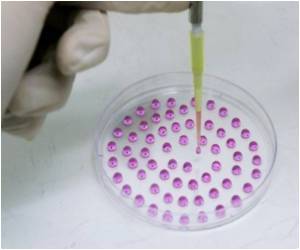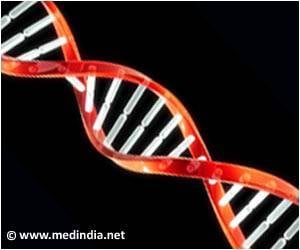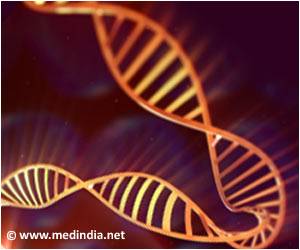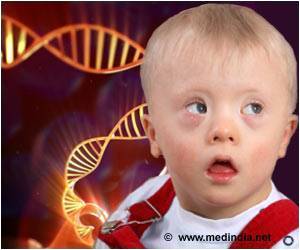Histones also play a central part in practically every process related to the DNA code, including repairing possibly damaged DNA.

Study author Niels Mailand from the University of Copenhagen's Novo Nordisk Foundation Center for Protein Research said, "I believe that there's a lot of work ahead. It's like opening a door onto a previously undiscovered territory filled with lots of exciting knowledge. The histones are incredibly important to many of the cells' processes as well as their overall well-being."
Mailand further added, "In international research, the primary focus has been on the core histones and their functionality, whereas little attention has been paid to the H1 histone, simply because we weren't aware that it too influenced the repair process. Having discovered this function in H1 constitutes an important piece of the puzzle of how cells protect their DNA, and it opens a door onto hitherto unknown and highly interesting territory."
Mailand expects the discovery to lead to increased research into Histone H1 worldwide, which will lead to increased knowledge of cells' abilities to repair possible damage to their DNA and thus increase our knowledge of the basis for diseases caused by cellular changes.
The findings were published in Nature.
Source-IANS
 MEDINDIA
MEDINDIA




 Email
Email








